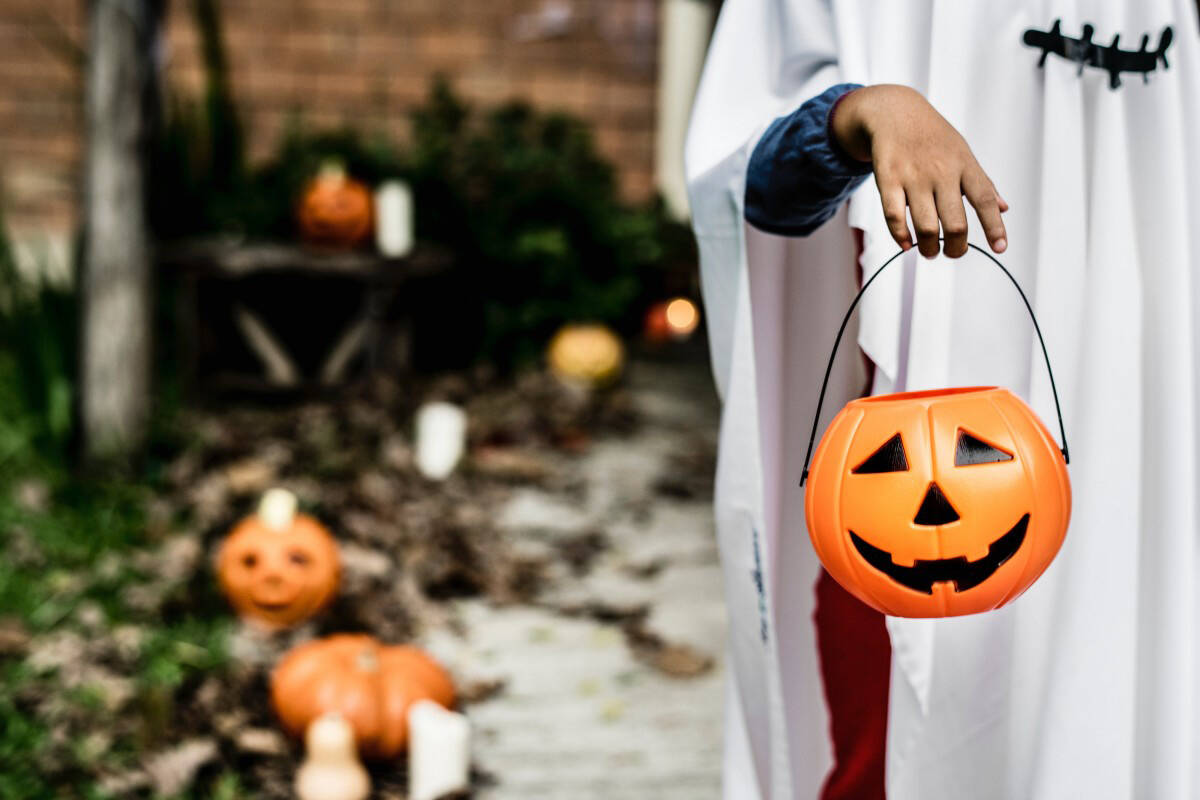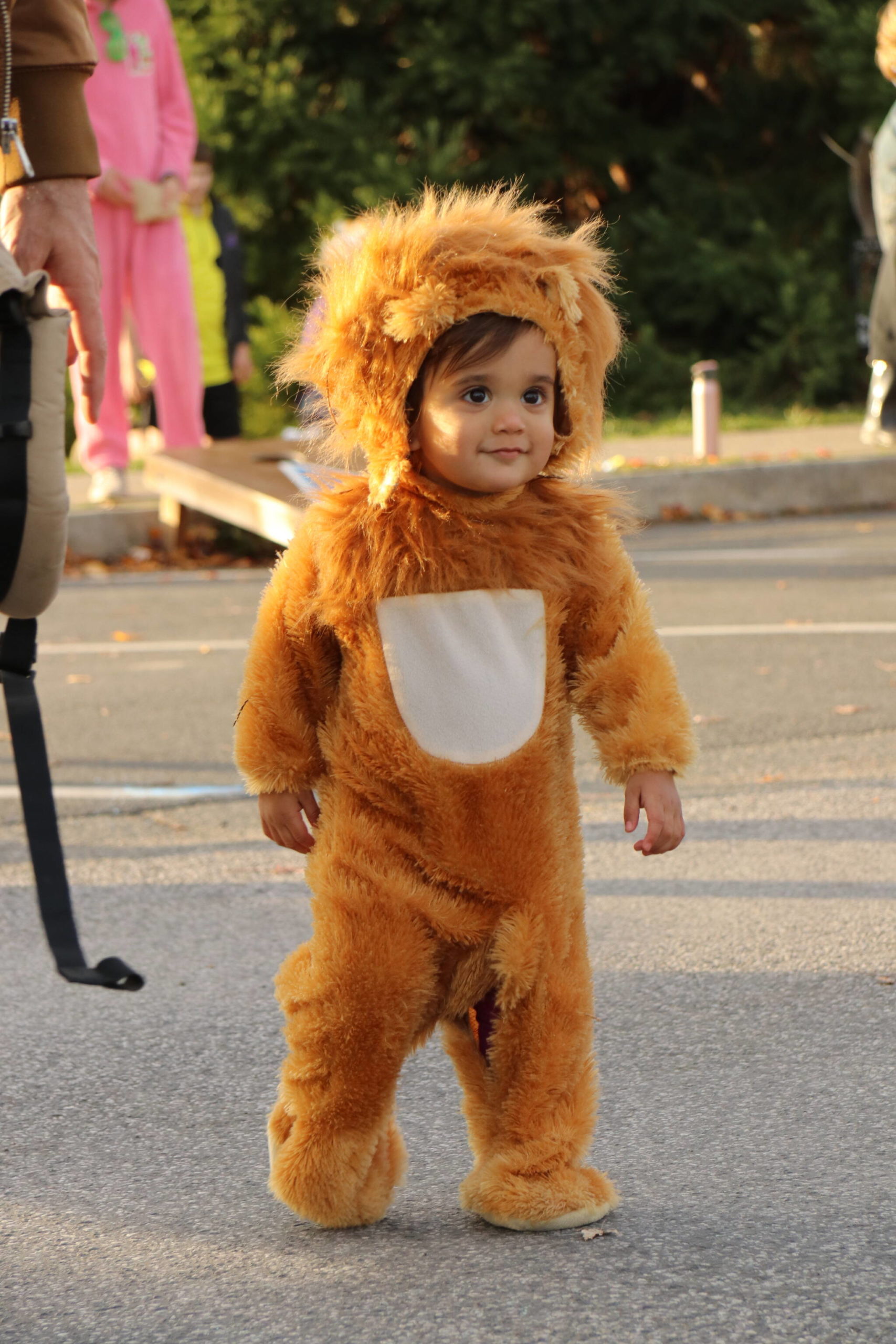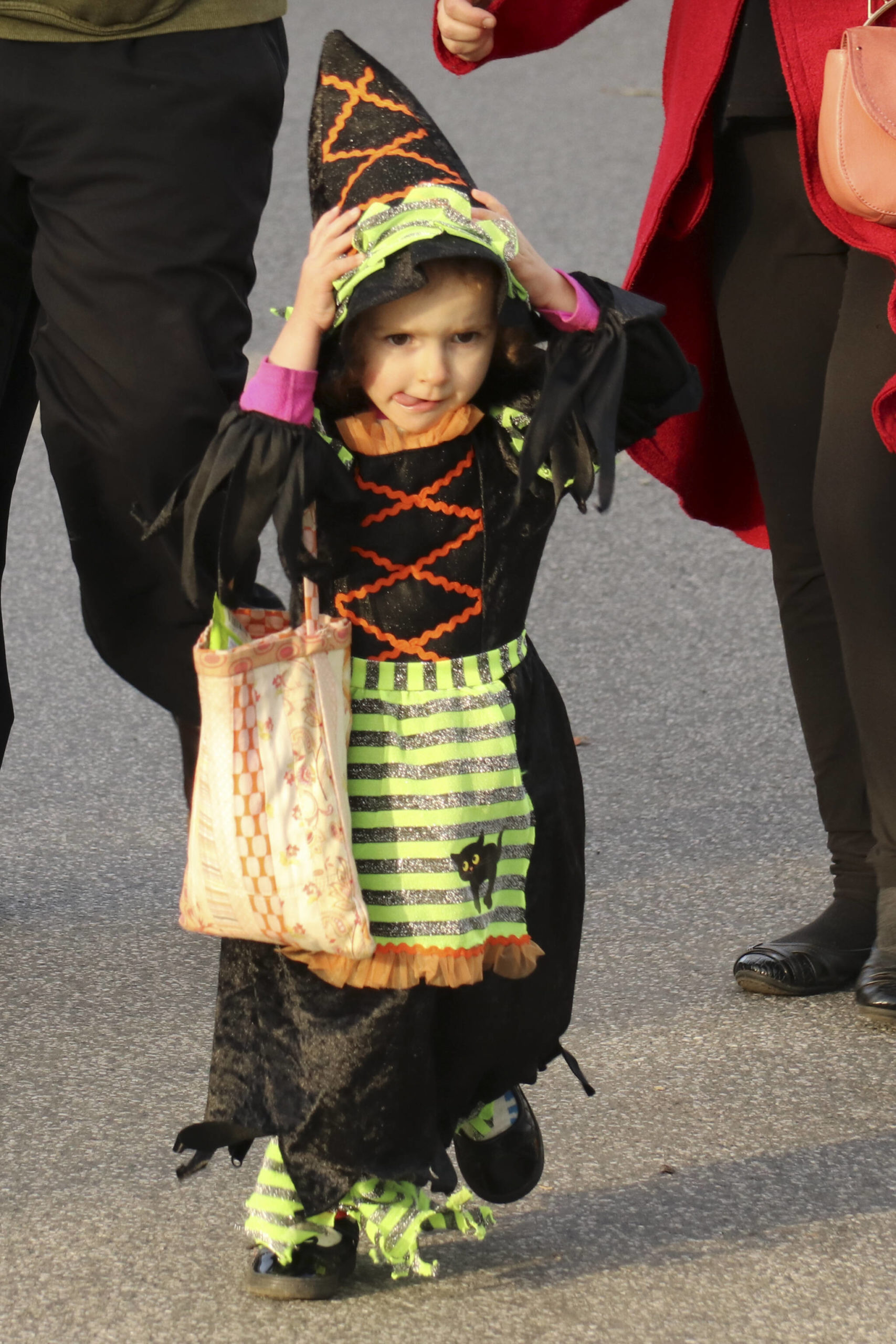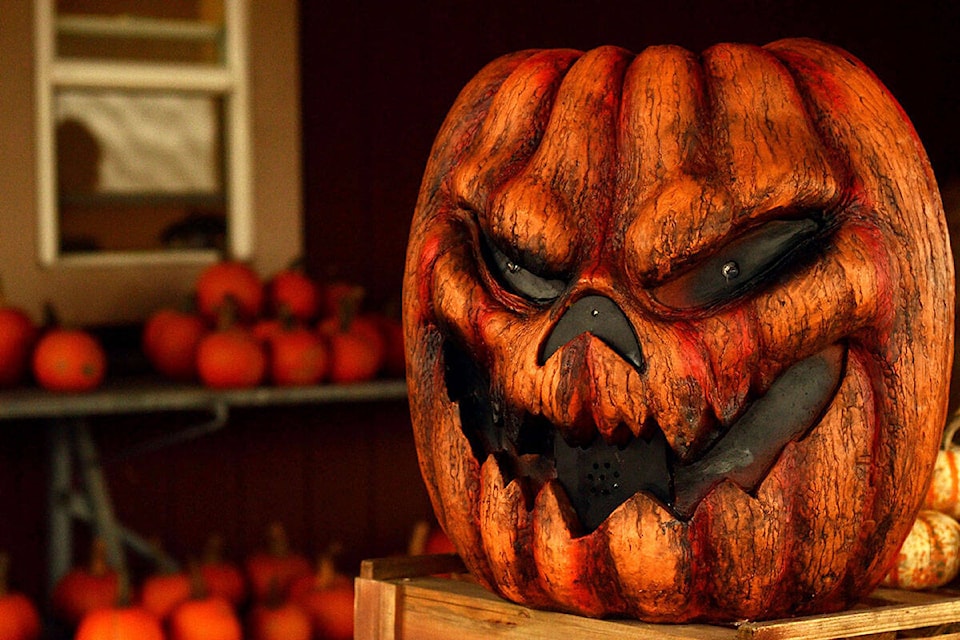Growing up in the United States, I know there are different holidays and celebrations that they and Canada observe. Halloween in the States used to be the normal “candy grab” and dress-up occasion, but it has been my observation that in Canada it is an all-out celebration I would more expect on July 1.
The first year I was here, there were (and are always) fireworks and celebrations that completely baffled me. I didn’t see the same enthusiasm on July 1, which is what I expected, coming from a place where the country’s birthday (July 4th) is a national celebration on a momentous scale.
Nope, in Canada, it seems, Halloween is the “go crazy and spend yourself silly” holiday. Don’t get me wrong, I’m all for a good celebration, and I like candy, but planning my costume or party theme all year, is not really my deal.
Growing up I understood Halloween week to be a kids’ celebration of spooky movies, crazy dress-up fun, pumpkin carving contests, and then a night of “trick or treating.”
What I see now is people spending thousands of dollars on candy, decorations, costumes, parties, and fireworks. I don’t get it. Watching the Hitchcock movie The Birds is enough Halloween celebrating for me. That movie still scares the crap out of me.
So here is a look at some of the origins of Halloween:
The word Halloween was introduced by Scottish poet Robert Burns who helped to first popularize the word “Halloween” with his 1785 poem of the same name.
And where the name itself comes from according to the Online Etymology Dictionary, Halloween is actually two words smushed together. “Hallow” — or holy person — refers to the saints celebrated on All Saints’ Day, which is November 1. The “een” part of the word is a contraction of “eve” — or evening before. So basically, Halloween is just an old-fashioned way of saying “the night before All Saints’ Day.”
All Saints’ Day is a Christian feast dedicated to celebrating the faithful departed, including all the saints. In Christian tradition, people start celebrating major feasts the night before they take place.
The lit, carved pumpkin, hails back to an Irish folk figure, Jack O’Lantern. Seems ole’ Jack made a deal with the devil and when the deal was done, it saw Jack doomed to wander the earth with a blazing piece of coal in a turnip used as a lantern, looking for a place to rest his eternally damned soul.
The tradition of dressing up originated with the ancient Celtic festival of Samhain, when people would light bonfires and wear costumes to ward off ghosts.
And the history of trick-or-treating seems to date back to hundreds of years ago, where people dressed up as saints and went door-to-door.
How it all evolved to where we are, no one can actually say. What I do know is it is a retailer’s dream come true, as last year over eight billion dollars was spent on candy alone.
So as the occasion rolls around this year, I will hide my dogs in the house, watch my hubby eat all the Halloween candy, and wish you all a safe and happy “all hallows eve.”



